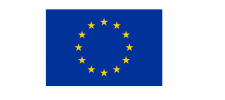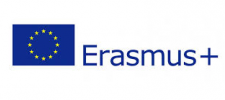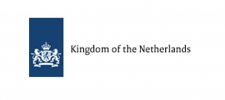
United Europe started a new era with the Maastricht Treaty, since the latter triggers the triumph of a numerous achievements both in the economic and political domain. The establishment of the monetary market and the preparations for introduction into the market of the common currency signals the maximum economic integration and refinement of the single market. The Economic Integration of the EU through promoted mechanisms of the Roma Treaty and later on of the Maastricht Treaty aims simultaneously at the economic growth of member states and the strengthening of the European Union as a competitor within global markets.[1] To complete the notion of the single European market, the Maastricht Treaty foresaw the Convergence Criteria for acceptance in the European Monetary Union. The latter it is thought to be the maximum of European integration and constitutes a great experiment (Van Veen, 2002). This is the reason why it is interesting to discuss regarding its history, legitimacy, costs and its future.[2] After the financial (global) crisis of 2008 and 2010, which affected the Eurozone, the regulations for the European monetary policy are streamlined and diversified even intervening at regulation of fiscal aspects. These regulations highlight that integration, as far as integration policies are concerned, is enhanced and this integration is seen as a theory that will assist on the prevention of future crises.
[1] The USA-s have assisted for the creation of free market and its internal market is viewed as the chosen model for the common market. In addition, the Marshall Plan after the Second World War, aimed to increase the economic exchange and trade with EU.
[2] Milica Stanković. “The advantages of being a member of the European monetary union and its influence on trade in the eurozone”. (2013). pg. 3, avaible at: http://www.vps.ns.ac.rs/SB/2013/2.3.pdf.








Facebook Comments